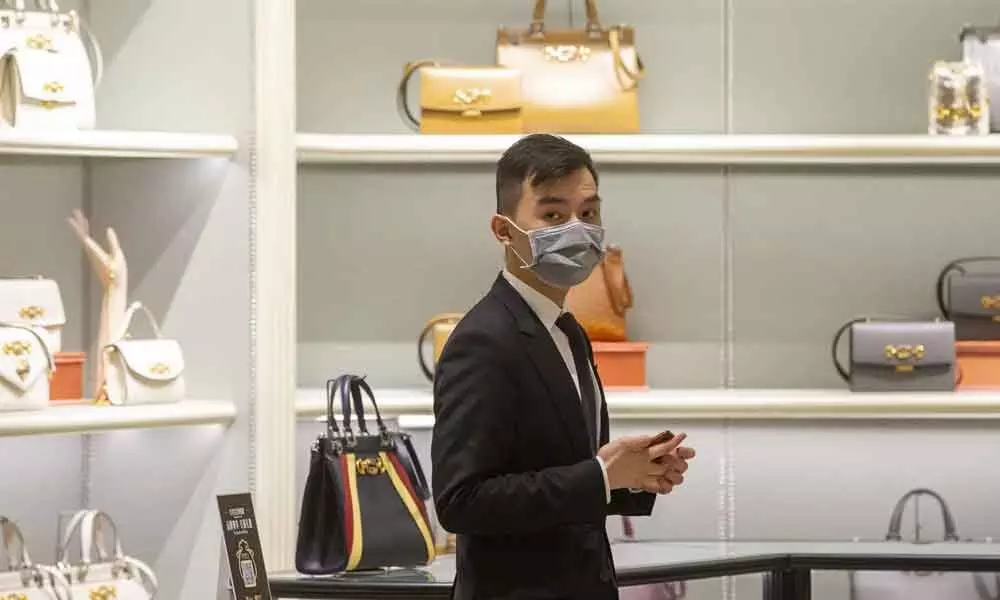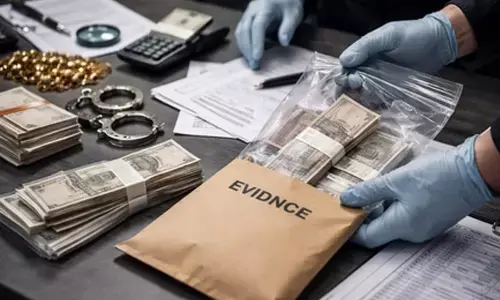How Covid has taken big toll on luxury business

How Covid has taken big toll on luxury business
Covid-19 impact has caused an unprecedented fall in market size to EUR217 billion, down 23 per cent from 2019 and back to 2014 level; turmoil accelerates potential for change and transformation of the industry.
Covid-19 impact has caused an unprecedented fall in market size to EUR217 billion, down 23 per cent from 2019 and back to 2014 level; turmoil accelerates potential for change and transformation of the industry.
The luxury goods industry has been heavily impacted by the Covid-19 crisis in 2020. The core personal luxury goods market contracted for the first time since 2009, falling by 23 per cent at current exchange rates to hit EUR217 billion. The drop is the largest recorded since we have been tracking the industry. The overall luxury market – encompassing both luxury goods and experiences – shrunk at a similar pace and now is estimated at approximately EUR1 trillion.
It has been a year of profound global change in the way we live, the way we shop and what we value. Tourists have remained at home, changing how, when and why they purchase luxury products. Online shopping for luxury goods has soared, doubling its share of the market to 23 per cent in 2020 from 12 per cent in 2019. The turmoil of Covid-19 has been the catalyst for change for the luxury industry, which is on a path to recovery by 2022-2023. Consumer demand for action with purpose and social impact is growing and luxury brands are expected to demonstrate real and sustained commitment to diversity, inclusion and sustainability.
While the industry has suffered from a pause in global travel and ongoing lockdowns, experts believe it has the necessary resilience to manage through the crisis. We have faith in its ability to transform its operations and redefine its purpose to meet new customer demands and retain its relevance, especially for younger generations."
Uncertainty will hover over the industry for some months to come. Following on the second quarter, which was the worst the sector has ever experienced, there were signs of recovery in the third quarter. The most likely outcome is a -10 per cent year-over-year drop in the fourth quarter, which is heavily dependent on the future evolution of Covid-19 and the additional restrictions that national governments could put in place.
Scenarios for 2021 are varied and Bain forecasts growth that ranges from +10/12 per cent to +17/19 per cent depending on macroeconomic conditions, the evolution of Covid-19 and the speed of return to travel globally as well as the resilience and confidence of local customers.
The decline in revenue is taking a disproportionate toll on profitability – Bain expects operating profit to decline by 60 per cent in 2020 vs 2019 level (i.e. from an average of 21 per cent margin to 12 per cent margin).
According to the study, in 2021 the market is expected to recover 50 per cent of the profit loss of 2020 – still below 2019 levels. This is driven by requirement to continue spending, and sometimes even accelerate investment, on most cost items (marketing, online channels, store costs) despite the drop in sales.
Bain expects the recovery to gather pace over the next three years, with the market returning to 2019 levels by the end of 2022/early 2023.
Online channel to drive growth
The changes brought by Covid-19 increased the presence of online in every aspect of life. In the luxury market, online sales made up EUR49 billion in 2020, up from EUR33 billion in 2019. The share of purchases made online nearly doubled from 12 per cent in 2019 to 23 per cent in 2020.Online is set to become the leading channel for luxury purchases by 2025, fuelling the omnichannel transformation.
This dramatic increase comes at the expense of bricks-and-mortar. Bain expects no growth in the number of stores operated directly by brands in 2020 and possible decline in store networks in 2021. According to a recent study by Statista, India's luxury market will amount to $7,956 million in 2020 (after considering the pandemic) and grow annually by 9.7 per cent (CAGR 2020-25), with cosmetics and fragrances taking the lead.














